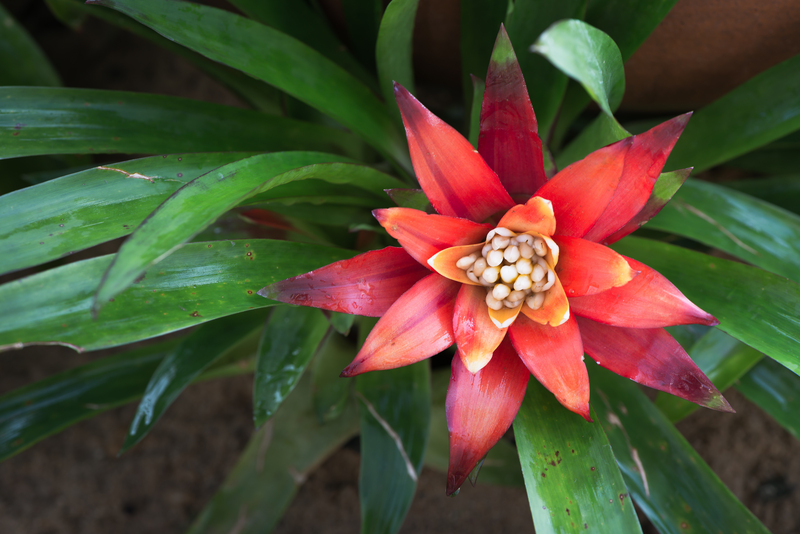Garden Design Tips for Secluded Spaces
Posted on 20/07/2024
Designing a secluded garden space is a rewarding challenge that can transform even the smallest plot into a private sanctuary. Whether you aim to create an intimate nook for relaxation or a secret garden to unwind in, this article provides essential tips and inspiration to optimize your secluded garden space.
Understand Your Space
The first step in designing a secluded garden is to thoroughly understand the dimensions and limitations of your space. Take precise measurements and observe the sunlight patterns. Identify existing trees, walls, and structures that could influence your design decisions. Recognizing these factors will help you create a cohesive and functional design.

Choose the Right Plants
Selecting the right plants is crucial for the visual and functional appeal of a secluded garden. Opt for plants that suit your local climate and soil conditions. Consider evergreen shrubs, perennials, and climbing plants to add year-round interest and privacy. Popular choices include boxwood hedges, bamboo, and ivy-covered trellises.
Maximize Privacy
Privacy is a primary concern in secluded garden spaces. Use natural and artificial elements to create barriers. Hedges, trellises with climbing plants, and decorative screens provide effective and aesthetically pleasing privacy solutions. Incorporate taller plants and trees around the perimeter to further enhance seclusion.
Create Multiple Zones
Divide your garden into distinct zones to make the most of limited space. Designate areas for dining, relaxation, and gardening. Use pavers, gravel, or different types of ground covers to define these zones. Introducing variety in textures and materials helps create a sense of depth and delineation.
Add Water Features
Water features add tranquility and a sense of calm to any garden design. Consider installing a small pond, a fountain, or a cascading water wall. Even a simple bird bath can attract wildlife and enhance the serene atmosphere of your garden.
Lighting Matters
Thoughtful lighting extends the usability of your garden into the evening hours and highlights its best features. Use solar-powered lights along pathways, up-lighting for trees, and fairy lights to create a magical ambiance. Ensure safety by illuminating stairways and potential tripping hazards.
Seasonal Planning
Plan for all seasons to maintain continuous interest and usability of your garden space. Plant a mix of flowering plants, herbs, and evergreen shrubs that bloom and thrive throughout the year. Seasonal garden accessories like retractable canopies or portable heaters can enhance comfort during varying weather conditions.
Eco-Friendly Tips
Incorporate sustainable practices into your garden design. Use rainwater harvesting systems, choose native plants to reduce water consumption, and plant pollinator-friendly flowers. Composting garden waste and using organic fertilizers promote a healthy and eco-friendly garden environment.
Pros and Cons of Secluded Gardens
Pros:
- Enhanced privacy and a sense of seclusion.
- Potential for personalized and intimate design.
- Opportunity to create a unique garden atmosphere.
- Ideal space for relaxation and escapism.
Cons:
- Limited space may pose design challenges.
- Potential restrictions in plant variety and growth.
- May require significant maintenance to uphold privacy.
- Possible constraints due to existing structures and conditions.
Quick Tips
- Start with a clear, scaled plan of your space.
- Choose a color palette that enhances the sense of space.
- Use vertical gardening techniques to maximize space.
- Incorporate personal touches like garden art and sculptures.
- Invest in quality outdoor furniture for comfort and longevity.

Takeaways
Garden design for secluded spaces requires careful planning and thoughtful execution. Prioritize privacy, choose appropriate plants, and create multiple zones to make the space functional and inviting. Incorporate water features, lighting, and eco-friendly practices to elevate the garden experience.
Conclusion
Creating a secluded garden is an enriching endeavor that provides a private retreat from the outside world. By understanding your space, making strategic plant and design choices, and considering privacy and usability, you can transform even the smallest area into a beautiful and peaceful sanctuary.







